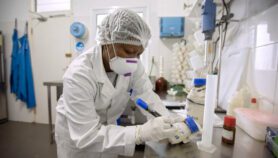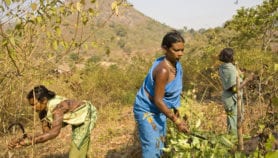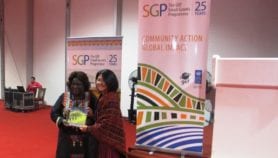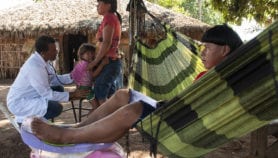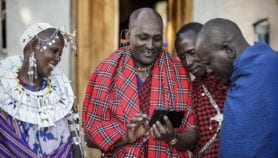By: Hepeng Jia
Send to a friend
The details you provide on this page will not be used to send unsolicited email, and will not be sold to a 3rd party. See privacy policy.
[BEIJING] China is stepping up its efforts to record the indigenous medical knowledge of its ethnic minorities with the launch of new two initiatives.
The first is a database of more than 12,000 medicines used by the Miao and Dong peoples — two ethnic groups in southwestern China with populations of 8.9 million and 2.5 million respectively.
The second is the publishing of five books on the medical knowledge of the Hui people of northwestern China. The books cover the philosophy, therapies, prescriptions, history and the main herbal materials of Hui medicines, which are a combination of Arabic pharmacology and Chinese herbal drugs.
Despite the two initiatives, some remain concerned that China’s efforts to tap into the traditional knowledge of its ethnic minorities still lag far behind those to develop herbal medicines of the Han people, who make up 94 per cent of the country’s 1.3 billion population.
Others are warning that a lack of financial support could undermine efforts to document the knowledge of ethnic groups. For example, the Institute of Ethnic Medicines, which is based in Guizhou Province and set up the database of the Miao and Dong knowledge, found it difficult to secure funding for the initiative.
“We borrowed more than 1 million yuan (US$121,000) from banks to establish the database, because we could not get government or corporate sponsorship for the database,” says Long Yunguang, director of the institute.
But he is upbeat about the future of the project. “Our herbal medicine database will help us use our traditional knowledge scientifically,” he told SciDev.Net.
In 1995 the State Ethnic Affairs Commission (SEAC) and the State Administration of Traditional Chinese Medicine (SATCM) released a joint policy encouraging the use of traditional medicines of ethnic minorities.
The policy asked local governments to support the development of ethnic-minority medicines and the collection of their medical material. It also required all ethnic-minority regions to have a hospital specialised in local medicines and therapies.
This year SATCM pledged to increase its support for ethnic-minority regions. However, no details have been released on the size of government support involved, and SATCM officials admit that funds for ethnic-minority medicines are limited.
Under new regulations that came into force in April, the details of traditional medicines held in databases must be kept confidential, and the approval of the provincial government is required before any of the information can be published or transferred to a third party.




